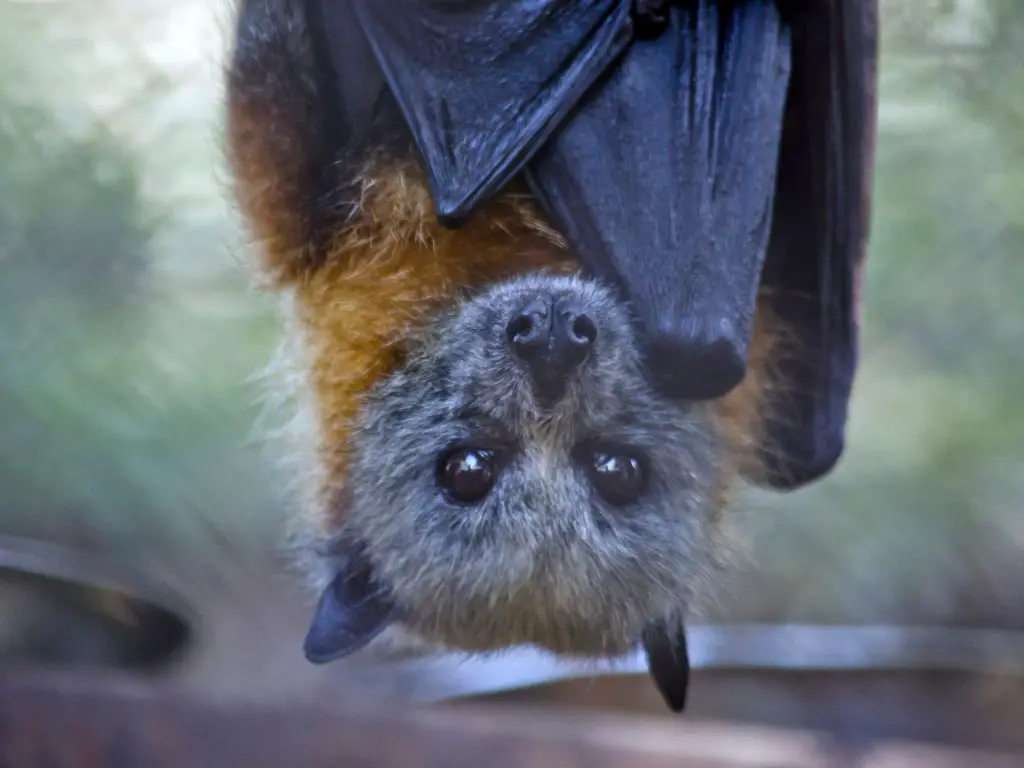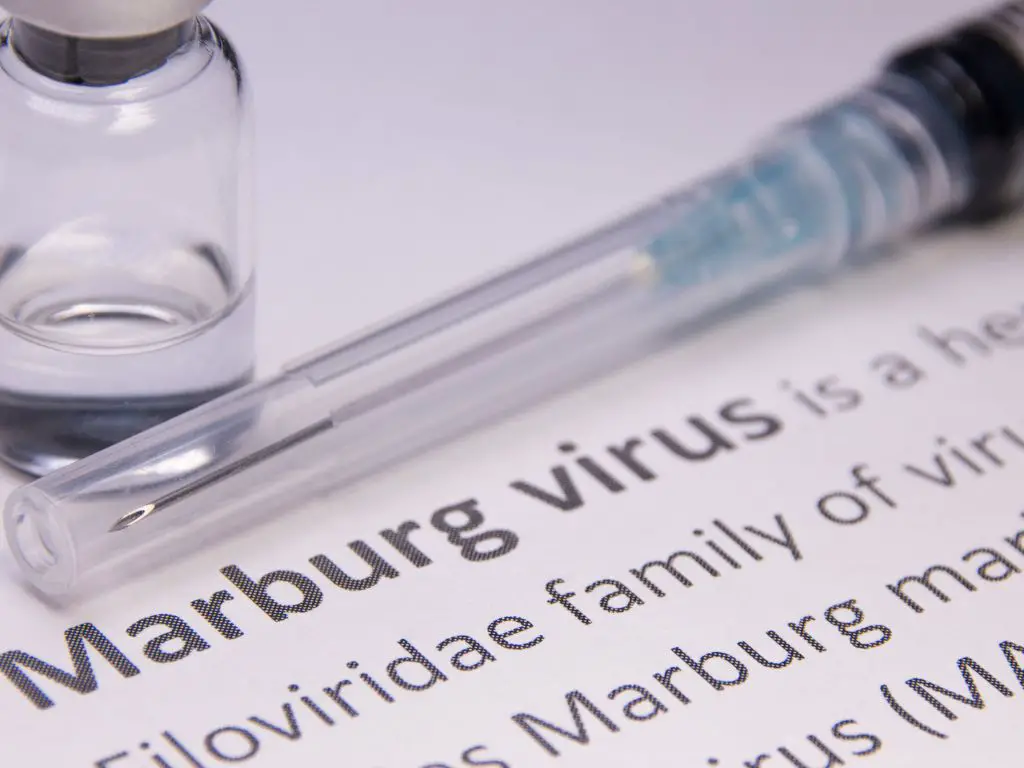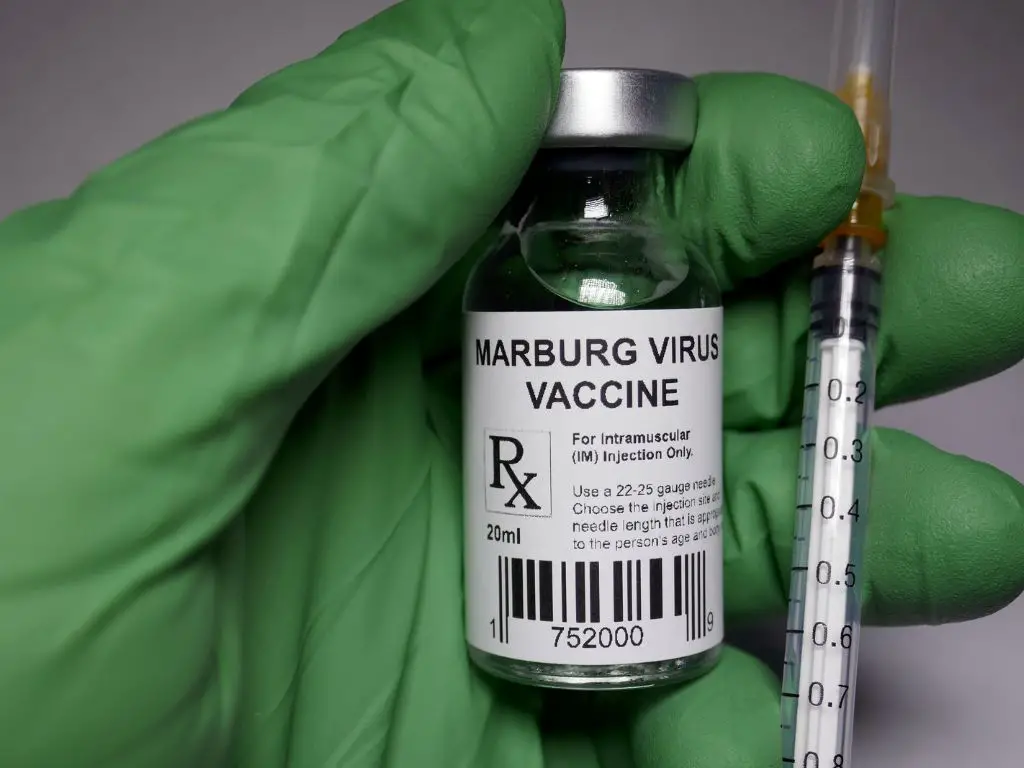The Marburg virus disease (MVD) is a rare but deadly disease that can cause severe bleeding, organ failure, and death. It is caused by the Marburg virus, a type of virus that belongs to the same family as the Ebola virus. The Marburg virus disease is very similar to the Ebola virus disease in terms of symptoms, transmission, and treatment. In this article, we will explain what the Marburg virus disease is, how it spreads, what its symptoms are, how it is treated and prevented, and where the current outbreaks are.
What is the Marburg virus disease?
The Marburg virus disease (MVD) is a severe hemorrhagic fever that can affect both humans and non-human primates. Hemorrhagic fever means that the virus affects the blood vessels and causes bleeding from various parts of the body. The Marburg virus disease has a high fatality rate, ranging from 24% to 88% depending on the strain of the virus and the quality of care.
The Marburg virus disease was first recognized in 1967, when outbreaks occurred simultaneously in laboratories in Germany and Serbia. The first people infected had been exposed to African green monkeys imported from Uganda for research purposes. Since then, outbreaks and sporadic cases have been reported in Angola, the Democratic Republic of the Congo, Kenya, South Africa, Uganda, and Tanzania.
The Marburg virus belongs to the Filovirus family, along with six species of Ebola virus. These viruses are among the most deadly pathogens known to humans. They are shaped like long filaments and have a single strand of RNA as their genetic material.
How does the Marburg virus spread?
The Marburg virus is transmitted to people from fruit bats, which are the natural hosts of the virus. Fruit bats infected with the Marburg virus do not show any signs of illness. People can get infected by coming into contact with bat droppings, saliva, or blood, or by handling or eating infected animals such as monkeys or antelopes.

The Marburg virus can also spread from person to person through direct contact with the body fluids of infected people or objects contaminated with them. This can happen through touching, kissing, hugging, sharing utensils or needles, or caring for sick patients without proper protection. The virus can also be transmitted through sexual contact or breastfeeding.
The Marburg virus is not airborne, meaning that it cannot be spread through coughing or sneezing. However, it can be aerosolized in certain situations, such as during medical procedures that generate droplets or during burial rituals that involve washing or touching corpses.
What are the symptoms of the Marburg virus disease?
The symptoms of the Marburg virus disease usually appear between 2 and 21 days after exposure to the virus. The average incubation period is about 9 days. The symptoms include:
- Fever
- Headache
- Muscle pain
- Nausea
- Vomiting
- Diarrhea
- Abdominal pain
- Bleeding from various parts of the body, such as gums, nose, eyes, skin, or internal organs.
The disease can progress to shock, organ failure, and death if not treated. Some people may recover from the infection but have long-term complications such as hearing loss, vision loss, joint pain, or memory problems.
How is the Marburg virus disease diagnosed?
The diagnosis of the Marburg virus disease is based on clinical signs and symptoms and laboratory tests. The laboratory tests can detect the presence of the virus or its genetic material in blood or other body fluids. The tests include:
- Polymerase chain reaction (PCR), which amplifies and identifies viral RNA
- Antigen-capture enzyme-linked immunosorbent assay (ELISA), which detects viral antigens
- Immunoglobulin M (IgM) ELISA or IgG ELISA which detect antibodies produced by the immune system
- Virus isolation, which grows the virus in cell culture.
The laboratory tests should be performed in biosafety level 4 facilities, which are specially designed to handle highly infectious agents. The samples should be collected and transported with extreme care and precaution.
How is the Marburg virus disease treated?
There is no specific treatment or vaccine for the Marburg virus disease. The treatment consists of supportive care, such as providing fluids, oxygen, blood transfusions, and treating infections and complications. The supportive care can improve the chances of survival and reduce the severity of the disease.
Some experimental treatments are being developed and tested for the Marburg virus disease. These include:
- Monoclonal antibodies, which are proteins that bind to and neutralize the virus
- Antiviral drugs, which interfere with the replication or function of the virus
- Immunomodulators, which enhance or suppress the immune response to the infection.
These treatments have shown promising results in animal studies or clinical trials, but they are not yet widely available or approved for human use.
How can the Marburg virus disease be prevented?
The prevention of the Marburg virus disease involves avoiding contact with bats and infected animals or people, wearing protective equipment when caring for patients or handling samples, and practicing good hygiene and infection control measures.
Some specific prevention measures include:
- Avoiding caves or mines where bats live or roost
- Avoiding contact with sick or dead animals, especially monkeys or antelopes
- Avoiding contact with body fluids or objects contaminated with body fluids of infected people
- Wearing gloves, masks, goggles, gowns, and boots when caring for patients or handling samples
- Washing hands frequently with soap and water or using alcohol-based hand rubs
- Disinfecting surfaces and equipment with bleach or other disinfectants
- Isolating and reporting suspected cases to health authorities
- Following safe burial practices for deceased patients.
A vaccine for the Marburg virus disease is under development but not yet available for human use. The vaccine is based on a weakened version of the vesicular stomatitis virus (VSV) that expresses a protein from the Marburg virus. The vaccine has been shown to protect monkeys from lethal infection and is currently being tested in human volunteers.
Where are the current outbreaks of the Marburg virus disease?
The current outbreaks of the Marburg virus disease are occurring in Tanzania. The World Health Organization (WHO) reported five confirmed deaths from MVD in Tanzania as of March 24, 2023. The first case was detected on February 28, 2023 in a 46-year-old male who had visited a cave inhabited by bats in Mwanza region. The other cases were his contacts who developed symptoms and died after attending his funeral.
The WHO and its partners are supporting the Tanzanian government to respond to the outbreak. They are providing technical guidance, laboratory testing, infection prevention and control supplies, contact tracing, surveillance, risk communication, and community engagement. The WHO has also issued a high-risk alert for neighboring countries such as Uganda, Kenya, Rwanda, Burundi, Malawi, Zambia, Mozambique, and Madagascar. These countries have been advised to enhance their preparedness and readiness for potential MVD cases.
The Marburg virus disease (MVD) is a rare but deadly disease that can cause severe bleeding, organ failure, and death. It is caused by the Marburg virus, a type of virus that belongs to the same family as the Ebola virus. For more information, you can visit the following websites:






